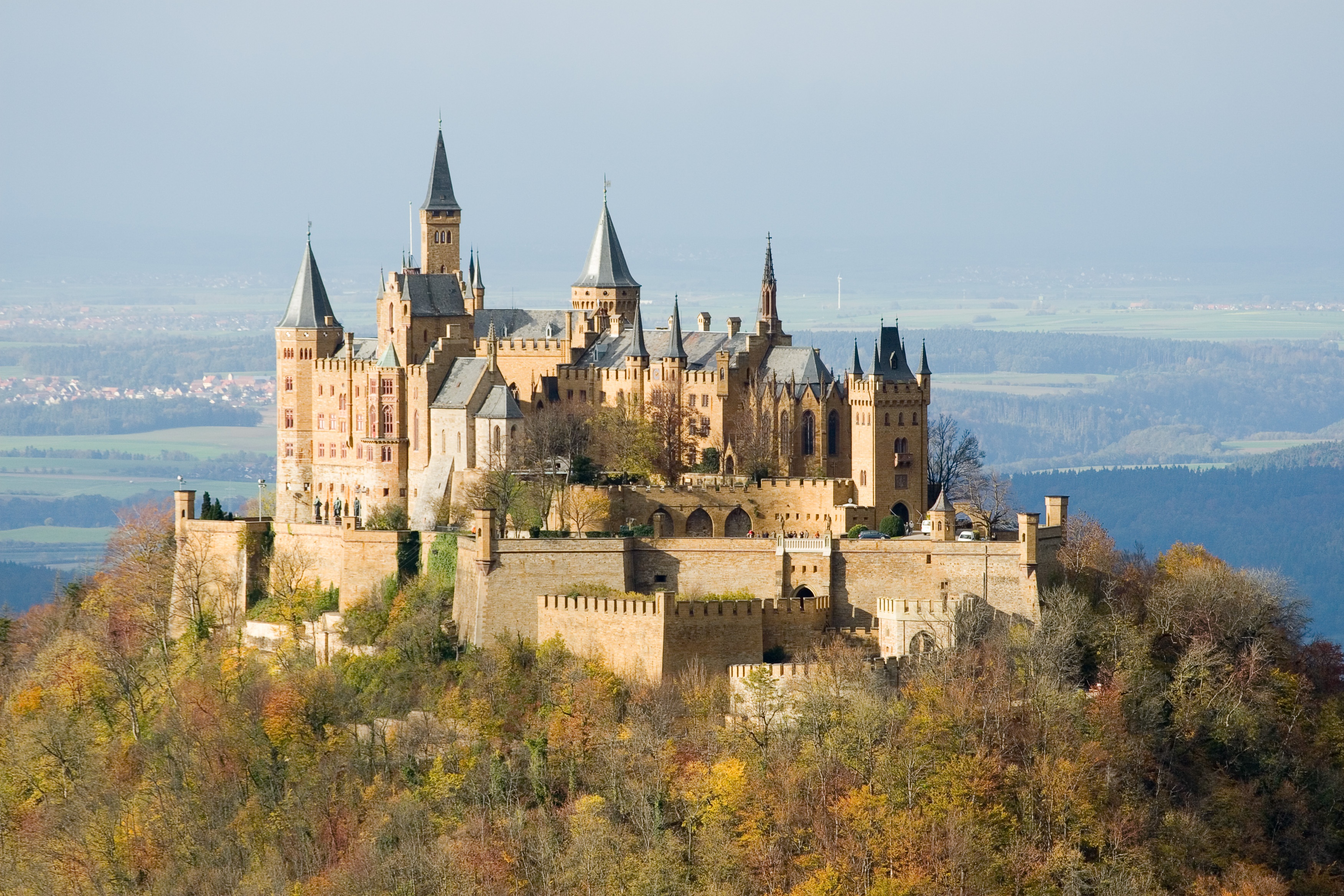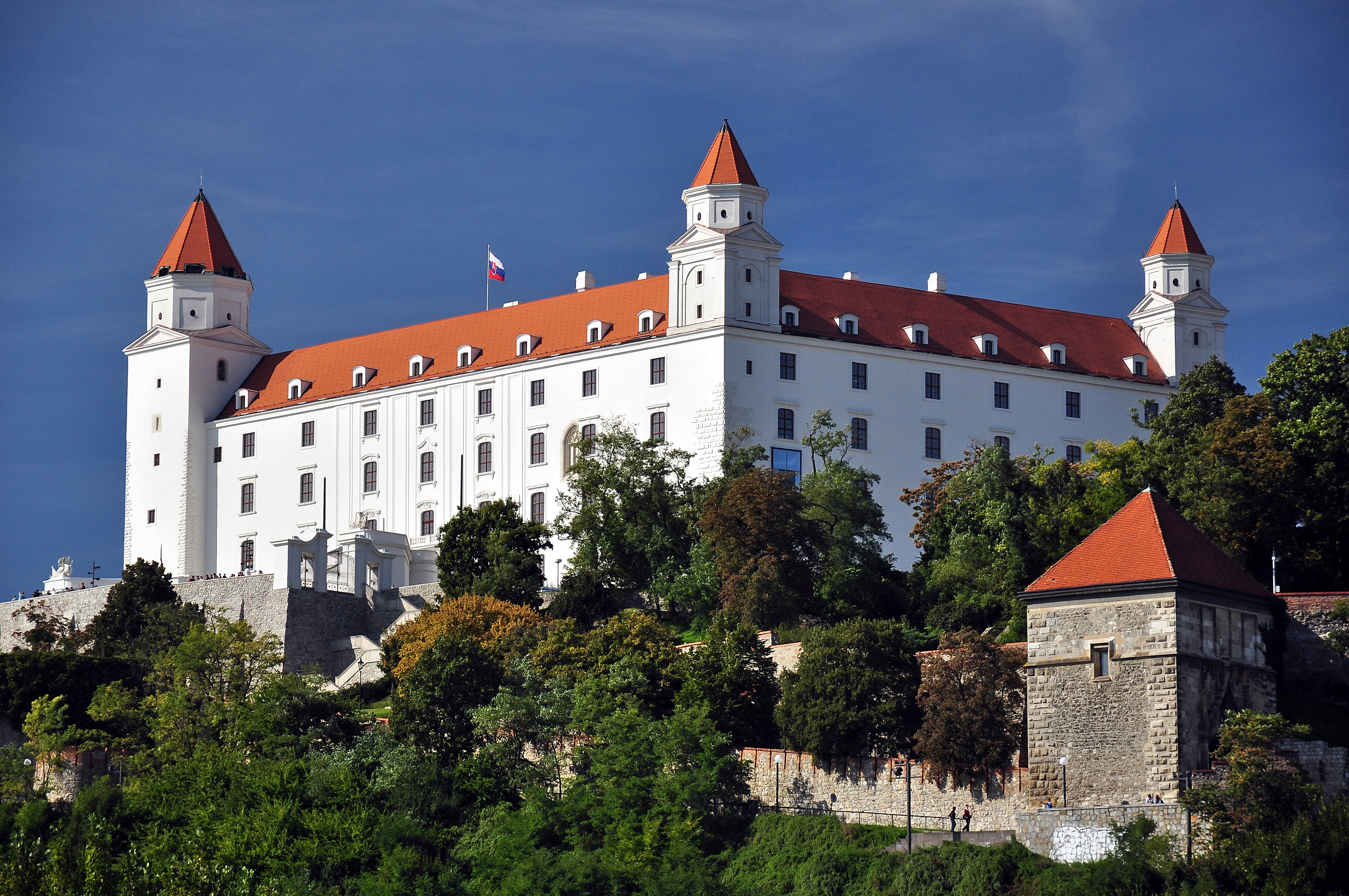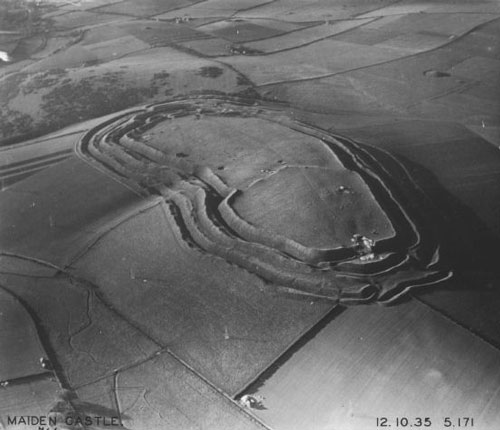|
Brekov Castle
Brekov Castle ( Slovak ''Brekovský hrad'', Hungarian ''Barkó vára'') is a ruined Gothic and Renaissance era stone castle above the village of Brekov in Humenné District, Prešov Region, in east Slovakia. It is a hilltop castle located on a cone-shaped hill with a limestone bedrock, in an altitude of approximately 480 m (1574.80 ft) above sea level. The eponymous village at the foot of the castle hill was founded as an adjoined castle settlement, similarly to several other villages in the region. Brekov and Brekov Castle lie in the traditional region of Zemplín. The castle is listed in the National Cultural Heritage list of the Monuments Board of the Slovak Republic. History The castle hill saw human settlement and fortification efforts even before the construction of the medieval castle. Recovered evidence from earlier archaeological research on the hill top and its perimeter revealed the existence of a smaller hill fort of local Slavic tribes during the early M ... [...More Info...] [...Related Items...] OR: [Wikipedia] [Google] [Baidu] |
Hilltop Castle
A hilltop castle is a type of hill castle that was built on the summit of a hill or mountain. In the latter case it may be termed a mountaintop castle. The term is derived from the German, ''Gipfelburg'', which is one of a number of terms used in continental castellology to classify castles by topology. The chief advantage of such a strategically selected site was its inaccessibility. The steep flanks of the hill made assaults on the castle difficult or, depending on the terrain, even impossible. In addition, it often commanded excellent fields of view and fire over the surrounding countryside. The sheer height of the castle above the local area could also protect the occupants of the castle from bombardment. In addition, the prominent location of such a castle enhanced its status as a residence. Nevertheless, hilltop castles presented their logistic difficulties. Without sufficiently strong pumps, water supply could be problematic if there was no well in the vicinity. The tran ... [...More Info...] [...Related Items...] OR: [Wikipedia] [Google] [Baidu] |
Zemplín (region)
Zemplín is the name of an informal traditional region located in eastern Slovakia. It includes the Slovak part of the former Zemplén county, often including the Slovak part of the Ung county (Slovak: ''Užská župa''/''Užský komitát''). Geography Zemplín region stretches from the Carpathian Mountains in the north to the lowest point in Slovakia at AMSL. The region is situated in the easternmost part of Slovakia (except for the region between Vihorlatské vrchy and the Latorica river, if the former territory of Ung county isn't included). Rivers in the region include: Bodrog, Laborec, Latorica, Uzh, Ondava and a small part of the Tisza river. Zemplín is no longer an administrative region, but is divided between two of the 21 official tourism regions, Lower Zemplín and Upper Zemplín. Administratively, the region is divided between Košice Region, which includes Trebišov and the western part of Michalovce District (if Ung county is included, eastern part of Mich ... [...More Info...] [...Related Items...] OR: [Wikipedia] [Google] [Baidu] |
13th-century Architecture In Slovakia
The 13th century was the century which lasted from January 1, 1201 ( MCCI) through December 31, 1300 ( MCCC) in accordance with the Julian calendar. The Mongol Empire was founded by Genghis Khan, which stretched from Eastern Asia to Eastern Europe. The conquests of Hulagu Khan and other Mongol invasions changed the course of the Muslim world, most notably the Siege of Baghdad (1258), the destruction of the House of Wisdom and the weakening of the Mamluks and Rums which, according to historians, caused the decline of the Islamic Golden Age. Other Muslim powers such as the Mali Empire and Delhi Sultanate conquered large parts of West Africa and the Indian subcontinent, while Buddhism witnessed a decline through the conquest led by Bakhtiyar Khilji. The Southern Song dynasty would begin the century as a prosperous kingdom but would eventually be invaded and annexed into the Yuan dynasty of the Mongols. The Kamakura Shogunate of Japan would be invaded by the Mongols. Goryeo resiste ... [...More Info...] [...Related Items...] OR: [Wikipedia] [Google] [Baidu] |
Tourist Attractions In Prešov Region
Tourism is travel for pleasure or business; also the theory and practice of touring, the business of attracting, accommodating, and entertaining tourists, and the business of operating tours. The World Tourism Organization defines tourism more generally, in terms which go "beyond the common perception of tourism as being limited to holiday activity only", as people "travelling to and staying in places outside their usual environment for not more than one consecutive year for leisure and not less than 24 hours, business and other purposes". Tourism can be domestic (within the traveller's own country) or international, and international tourism has both incoming and outgoing implications on a country's balance of payments. Tourism numbers declined as a result of a strong economic slowdown (the late-2000s recession) between the second half of 2008 and the end of 2009, and in consequence of the outbreak of the 2009 H1N1 influenza virus, but slowly recovered until the COVI ... [...More Info...] [...Related Items...] OR: [Wikipedia] [Google] [Baidu] |
Buildings And Structures In Prešov Region
A building, or edifice, is an enclosed structure with a roof and walls standing more or less permanently in one place, such as a house or factory (although there's also portable buildings). Buildings come in a variety of sizes, shapes, and functions, and have been adapted throughout history for a wide number of factors, from building materials available, to weather conditions, land prices, ground conditions, specific uses, prestige, and aesthetic reasons. To better understand the term ''building'' compare the list of nonbuilding structures. Buildings serve several societal needs – primarily as shelter from weather, security, living space, privacy, to store belongings, and to comfortably live and work. A building as a shelter represents a physical division of the human habitat (a place of comfort and safety) and the ''outside'' (a place that at times may be harsh and harmful). Ever since the first cave paintings, buildings have also become objects or canvasses of much artistic ... [...More Info...] [...Related Items...] OR: [Wikipedia] [Google] [Baidu] |
Ruined Castles In Slovakia
Ruins () are the remains of a civilization's architecture. The term refers to formerly intact structures that have fallen into a state of partial or total disrepair over time due to a variety of factors, such as lack of maintenance, deliberate destruction by humans, or uncontrollable destruction by natural phenomena. The most common root causes that yield ruins in their wake are natural disasters, armed conflict, and population decline, with many structures becoming progressively derelict over time due to long-term weathering and scavenging. There are famous ruins all over the world, with notable sites originating from ancient China, the Indus Valley and other regions of ancient India, ancient Iran, ancient Israel and Judea, ancient Iraq, ancient Greece, ancient Egypt, Roman sites throughout the Mediterranean Basin, and Incan and Mayan sites in the Americas. Ruins are of great importance to historians, archaeologists and anthropologists, whether they were once individual ... [...More Info...] [...Related Items...] OR: [Wikipedia] [Google] [Baidu] |
Castles In Slovakia
This is a list of castles in Slovakia. This list includes palaces, citadels and manor houses. These Slovak words translate as follows: #''hrad'', ''hrádok'' - castle #''zámok'' - correctly: château, commonly translated as castle #''pevnosť'' - fortress, citadel #''kaštieľ'' - mansion or manor house Preserved castles Castle ruins See also * List of castles in Europe * List of castles External links List of Slovak castles at castles.skSlovak castles at slovenskehrady.sk {{Castles in Slovakia * Slovakia Castles Slovakia Slovakia (; sk, Slovensko ), officially the Slovak Republic ( sk, Slovenská republika, links=no ), is a landlocked country in Central Europe. It is bordered by Poland to the north, Ukraine to the east, Hungary to the south, Austria to the s ... Castles ... [...More Info...] [...Related Items...] OR: [Wikipedia] [Google] [Baidu] |
Drugeth Family
The House of Drugeth was a powerful noble family (of French origin) of the Kingdom of Hungary in the 14th to 17th centuries whose possessions were located in the northeastern parts of the kingdom. The ancestors of the family left Apulia (Southern Italy) for Hungary during the reign of King Charles I. Several members of the family held high offices in the first half of the 14th century and later, when the Drugeth estates were the largest in all of Hungary.Paul Robert Magocsi, Ivan Pop. ''Encyclopaedia of Rusyn History and Culture''. University of Toronto Press, 2002. . Page 99. The family continued to be important until the male line died out in 1691. Origin The Drugeths (or Drugets) originated from the Kingdom of France. They belonged to the escort of Charles I of Anjou, who conquered the Kingdom of Sicily in 1266. In contemporary Italian records, they were referred to as "de Druget", "Rugeth", "Truget", "Drugetus" and "de Druetto", among others. 19th-century Hungarian historian J ... [...More Info...] [...Related Items...] OR: [Wikipedia] [Google] [Baidu] |
Jasenov Castle
Jasenov Castle ( Slovak ''Jasenovský hrad'', Hungarian ''Jeszenő vára'') is a ruined Gothic and Renaissance era stone castle above the village of Jasenov in Humenné District, Prešov Region, in east Slovakia. It is a hilltop castle located on a fairly steep, roughly cone-shaped hill with a limestone bedrock, in an altitude of approximately 392 m (1286.08 ft) above sea level. The eponymous village at the foot of the castle hill was founded as an adjoined castle settlement, similarly to several other villages in the region. Jasenov and Jasenov Castle lie in the traditional region of Zemplín. The castle is listed in the National Cultural Heritage list of the Monuments Board of the Slovak Republic. History The beginnings of the stone castle date back to the second half of the 13th century. Jasenov is unique among the larger castles of the Upper Zemplín county (and region) due to being founded as a seat of a noble family from the beginning, rather than a castle foun ... [...More Info...] [...Related Items...] OR: [Wikipedia] [Google] [Baidu] |
List Of Castles In Slovakia ...
This is a list of castles in Slovakia. This list includes palaces, citadels and manor houses. These Slovak words translate as follows: #''hrad'', ''hrádok'' - castle #''zámok'' - correctly: château, commonly translated as castle #''pevnosť'' - fortress, citadel #''kaštieľ'' - mansion or manor house Preserved castles Castle ruins See also * List of castles in Europe * List of castles External links List of Slovak castles at castles.skSlovak castles at slovenskehrady.sk {{Castles in Slovakia * Slovakia Castles Slovakia Castles A castle is a type of fortified structure built during the Middle Ages predominantly by the nobility or royalty and by military orders. Scholars debate the scope of the word ''castle'', but usually consider it to be the private fortified r ... [...More Info...] [...Related Items...] OR: [Wikipedia] [Google] [Baidu] |
Hill Fort
A hillfort is a type of earthwork used as a fortified refuge or defended settlement, located to exploit a rise in elevation for defensive advantage. They are typically European and of the Bronze Age or Iron Age. Some were used in the post- Roman period. The fortification usually follows the contours of a hill and consists of one or more lines of earthworks, with stockades or defensive walls, and external ditches. Hillforts developed in the Late Bronze and Early Iron Age, roughly the start of the first millennium BC, and were used in many Celtic areas of central and western Europe until the Roman conquest. Nomenclature The spellings "hill fort", "hill-fort" and "hillfort" are all used in the archaeological literature. The ''Monument Type Thesaurus'' published by the Forum on Information Standards in Heritage lists ''hillfort'' as the preferred term. They all refer to an elevated site with one or more ramparts made of earth, stone and/or wood, with an external dit ... [...More Info...] [...Related Items...] OR: [Wikipedia] [Google] [Baidu] |
Castle Town
A castle town is a settlement built adjacent to or surrounding a castle. Castle towns were common in Medieval Europe. Some examples include small towns like Alnwick and Arundel, which are still dominated by their castles. In Western Europe, and England particularly, it is common for cities and towns that were not castle towns to instead have been organized around cathedrals. Towns organized around Japanese castle are fortresses constructed primarily of wood and stone. They evolved from the wooden stockades of earlier centuries, and came into their best-known form in the 16th century. Castles in Japan were built to guard important or strategic sites, suc ...s are called '' jōkamachi'' . Castles are typically built near towns to gain and equip supplies. See also * Castles and Town Walls of King Edward in Gwynedd * Jōkamachi * Urban castle References Castles Types of towns Urban planning during medieval period Urban planning during early modern period { ... [...More Info...] [...Related Items...] OR: [Wikipedia] [Google] [Baidu] |









